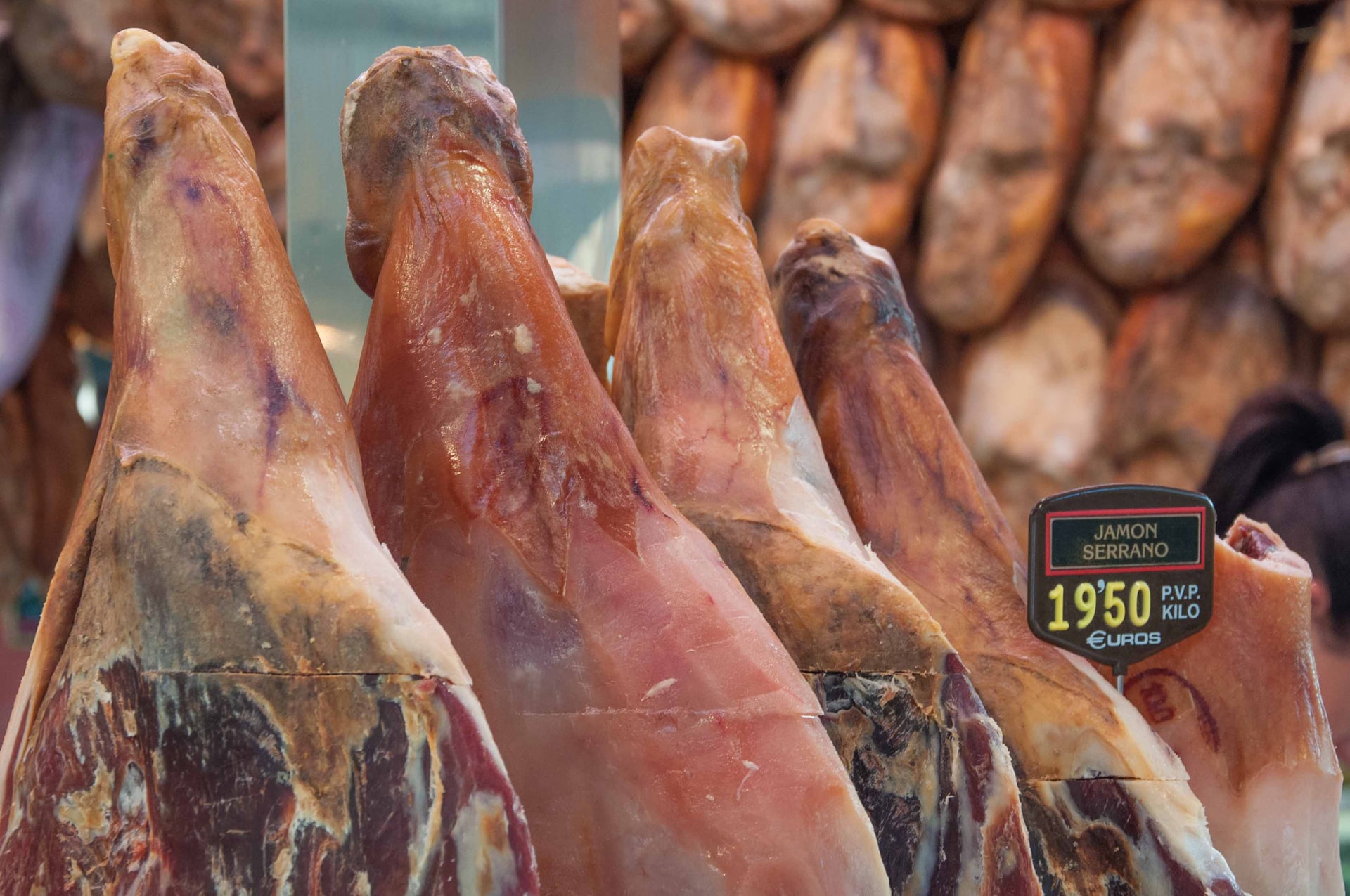Livestock futures have been steadily climbing in 2021, and rising demand for meat products in a post-pandemic summer could push prices even higher. Restaurants and consumers continue to pay more for meat, as beef prices were 18.5% higher in April compared to the same month two years prior.
Further, a recent cyberattack on JBS, the world’s largest meat company by sales, temporarily shuttered production at a time when meat products are flying off the shelves. This, along with ongoing supply chain issues, may continue to hinder the meat industry’s recovery from the pandemic and drive prices higher for consumers throughout the summer.
Related ETFs & Stocks: Invesco DB Agriculture Fund (DBA), First Trust NASDAQ Cybersecurity ETF (CIBR), JBS S.A. (JBSAY)
Meat Prices Remain Buoyant
The price of meat has been surging this year, and that trend does not show any signs of slowing. Per the Washington Post, the United Nations Food and Agriculture Organization just recorded the seventh consecutive months of rising meat prices across the globe.
Additionally, the price of pork soared 2.6% in the month of April, which is 4.8% higher than a year ago, while beef prices rose 3.3% in April YoY. Data from the U.S Bureau of Labor Statistics found that consumers were paying roughly 11% more for a chicken breast in March 2021 from a year earlier.
These costs are soaring even higher when compared to the pre-pandemic prices of 2019. A report from Rabobank, highlighted by Food Ingredients First, found that US beef prices in April were 18.5% higher at wholesale and 11.5% higher at retail than the same month two years ago.
Major beef producing countries are seeing prices soar even further. The aforementioned Rabobank report found that rising demand in China drove April beef cattle prices up 9% year-over-year, which is a 30% increase from 2018. As MRP has covered for years now, China continues to struggle with the ripple effects of sporadic outbreaks of African Swine Fever (ASF), a hog-borne virus that carries a near-100% fatality rate for the animal. ASF and the mass culling of potentially infected pigs that comes along with efforts to contain the virus devastated China’s pork supply in 2018-2019, killing off about half of the country’s entire herd of hogs.
Since the country’s domestic supply of pork – the most popular protein in the country – has yet to recover, the world’s most populous nation has largely relied on imports to fill the gigantic gap in meat supplies. According to Meat and Livestock Australia (MLA), China broke a record in March, importing more than 1 million tonnes of meat from around the world.
Per Australian Broadcasting Corporation, Chinese meat imports for the first quarter of 2021 were up 21% on the same period last year.
Reuters writes that Argentina, which is the second largest beef supplier to China, has had to halt exports in May for a month due to rising inflation and rising demand from Asia. Due to this, domestic beef prices have jumped 60% in a year.
Recently, the United Nations Agency said the surge in beef prices is contributing to the highest food prices since 2014. A poll conducted by the Morning Consult, featured in the New York Post, found that 65% of Americans have noticed their red meat purchases have become more expensive. Further, one-third of respondents said their grocery bills have increased since the beginning of the year, with 25% of Americans reporting they have been purchasing fewer meat items to cut their spending. The poll surveyed 2000 grocery shoppers across the US.
Grilling Season Brings Additional Pressure
Meat prices are expected to see a seasonal demand surge as a post-pandemic summer, filled with barbecues and gatherings, is finally here. The 15-week period between Memorial Day and Labor Day, coined as “grilling season”, is expected to cause consumers and restaurants to shell out more…
To read the rest of this Market Insight, START A FREE TRIAL You’ll also gain access to: If you already have a subscription, sign in










